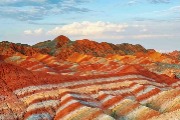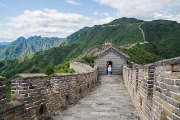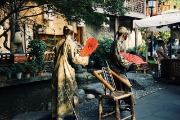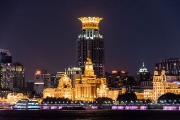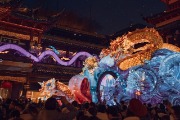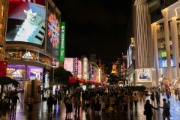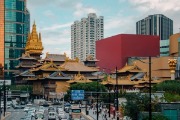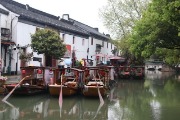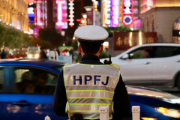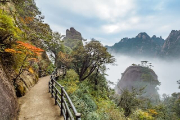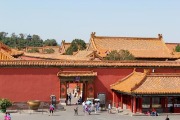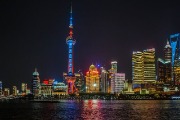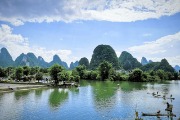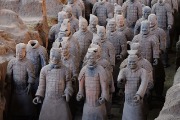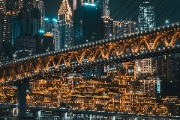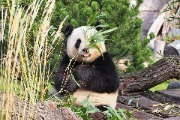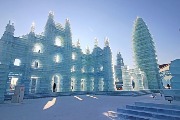Shanghai Yu Garden
It’s the most beautiful classical Chinese garden in Shanghai.
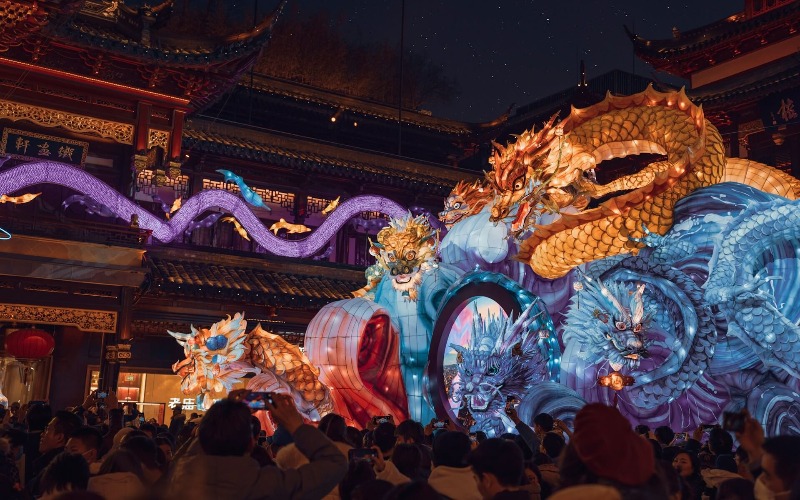
Shanghai Yu Garden (豫园) was originally just a traditional Chinese garden. Later, the Shanghai government combined Yu Garden, the City God Temple, and the surrounding market area with traditional architecture into one big attraction. Now, the whole area is called Yu Garden (or Yuyuan Garden). So, today’s Yu Garden includes three parts: the garden, the shopping area, and the temple. Most travel articles about Yu Garden focus only on the garden, which doesn’t reflect the full experience. This article will show you the complete picture of Yu Garden. At the end, you’ll also find some FAQs and ticket info.
Table of Contents
The Garden Area of Yu Garden
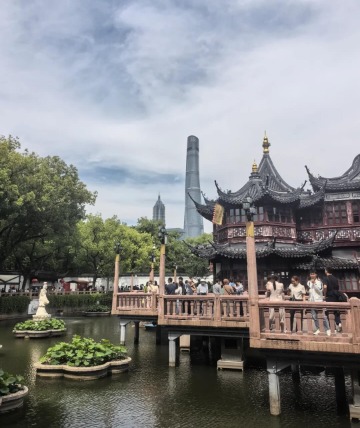
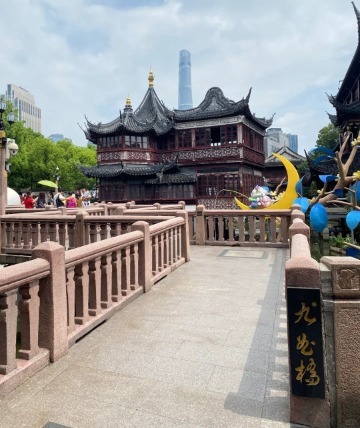
The Nine-Bend Bridge (九曲桥)
The Nine-Bend Bridge is not only a landmark of Shanghai Yuyuan Garden but also a famous ancient structure in Shanghai. It was originally built in 1760 as a wooden bridge, and in the 1920s, it was reconstructed as a stone bridge. People enjoy walking across it because it represents the ups and downs of life. Crossing it symbolizes overcoming difficulties and moving toward a brighter, smoother future.
The number “nine” seems to be quite popular in Chinese culture. There are two main reasons for this: ①The pronunciation of “nine” in Chinese sounds like “long-lasting” (久), which stands for longevity and eternity. ②“Nine” is the largest single-digit number, representing the highest status, which is why ancient Chinese royalty favored it. That’s why the Nine-Bend Bridge has nine turns, instead of any other number.
But why not build a straight bridge? Wouldn’t that save time? The design also connects to an old Chinese belief: people thought evil spirits only traveled in straight lines. So, the curvy design of the bridge was meant to keep bad spirits away and protect the travelers.
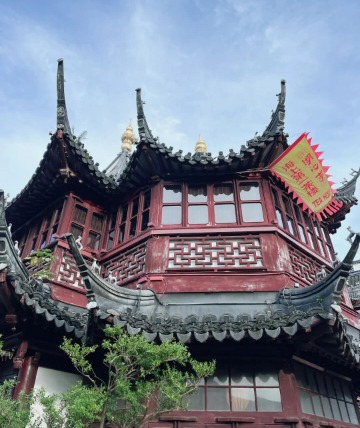
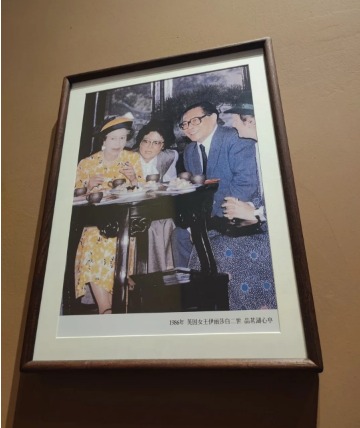
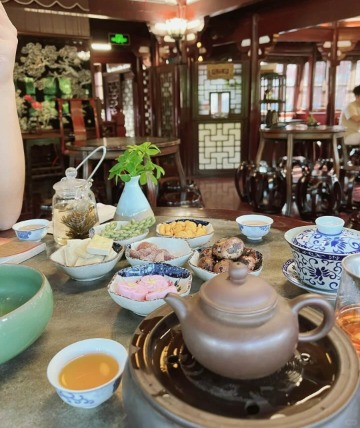
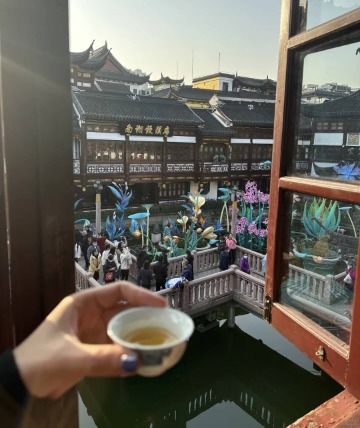
The Lake Pavilion (湖心亭)
The Lake Pavilion is located in the middle of the Nine-Bend Bridge. It’s the oldest tea house in Shanghai, with over 200 years of history. The tea house has hosted many famous figures. In 1986, Queen Elizabeth II visited Yu Garden China and, accompanied by Shanghai’s then-Mayor Jiang Zemin (who later became China’s president), enjoyed Longjing tea and snacks at the pavilion. Other notable visitors included King Norodom Sihanouk of Cambodia, Japanese Prime Minister Murayama, Swedish and Norwegian Prime Ministers.
So, what’s the difference between Chinese tea and Western tea? Chinese tea focuses on preserving the natural flavor of the leaves. If you’re new to it, the taste might be a little bitter, but it gets better the more you drink. In contrast, Westerners often add milk or sugar to tea to cut the bitterness, making it sweet and smooth.
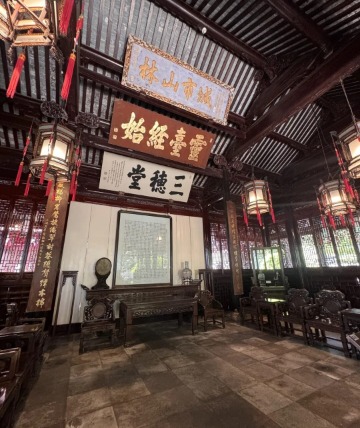
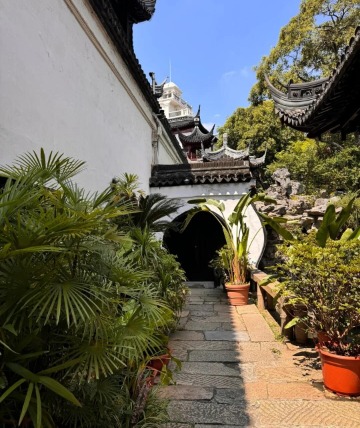
Sansuitang Hall (三穗堂)
Sansuitang Hall is the main hall in the garden area of Yu Garden, built in 1760 during the Qing Dynasty. In ancient times, it was mainly used by the local government to announce the emperor’s orders and celebrate his birthday. Later, it became a gathering place for scholars, often called a “reading club.”
The emperor’s birthday was a huge event in ancient China, celebrated across the country. The emperor would receive greetings and tribute gifts from officials. Sometimes, before his birthday, the emperor would announce a general pardon, releasing many prisoners. Once the pardon was declared, the mood in the prisons would liven up.
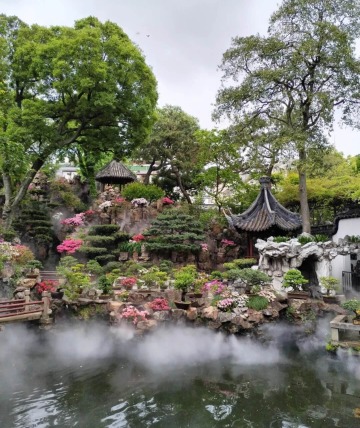
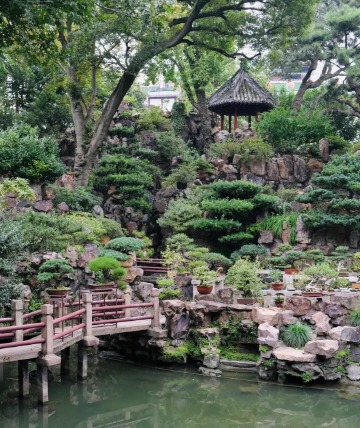
The Great Rockery (大假山)
The Great Rockery is the treasure of Yu Garden, known as “the best artificial rockery in China.” It stands out alongside the pavilions, bridges, and flowing water, perfectly showcasing the beauty of classical Chinese gardens.
So, what exactly is an artificial rockery? It’s a “miniature mountain” made from materials like soil and stones, created for landscaping purposes. The idea dates back to the Han Dynasty (202 BC – 220 AD). In China, mountains symbolize stability and longevity, which is why rockeries are often included in garden designs.
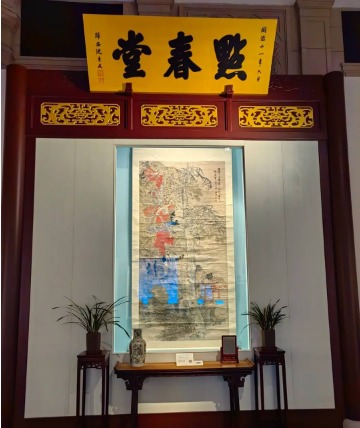
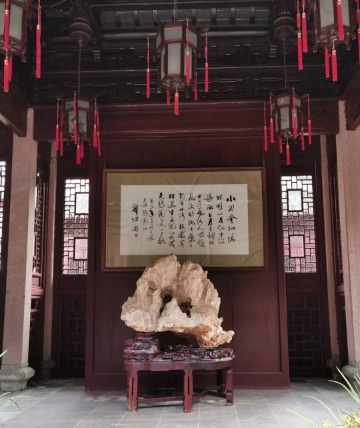
Dianchun Hall (点春堂)
Dianchun Hall is located in the northeast part of Yu Garden. It’s famous because it was the site of an important uprising by the Xiaodao Hui (Small Swords Society) in Shanghai. Today, it’s a memorial museum dedicated to the Xiaodao Hui Uprising, displaying weapons used by the rebels.
So, what was the Xiaodao Hui? It was a secret folk organization during the Qing Dynasty, formed with the goal of overthrowing Qing rule and restoring the Ming Dynasty (the dynasty before the Qing). The Xiaodao Hui once took control of Shanghai but was defeated by the Qing army in 1855.
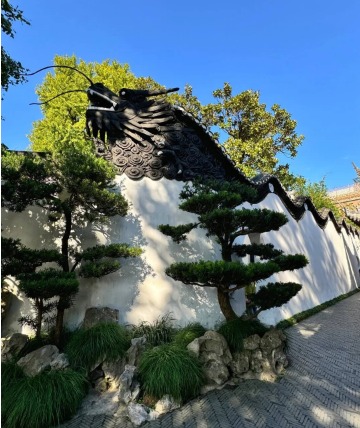
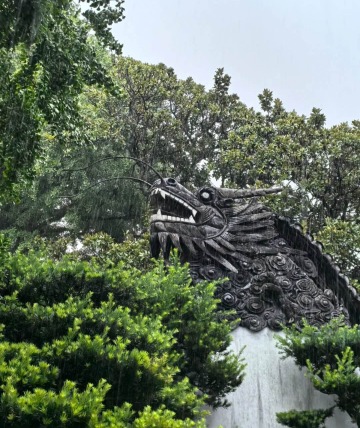
The Cloud-Dragon Wall (穿云龙墙)
The Cloud-Dragon Wall is one of the most famous spots in Shanghai Yuyuan Garden. The dragon’s head is sculpted from clay, while its body is made of roof tiles arranged like scales. From a distance, it looks like a dragon winding along the top of the high wall.
Unlike Western dragons, in Chinese culture, dragons symbolize justice, power, and good fortune. This Cloud-Dragon Wall, built in the late Qing Dynasty, represents people’s admiration and respect for the dragon.
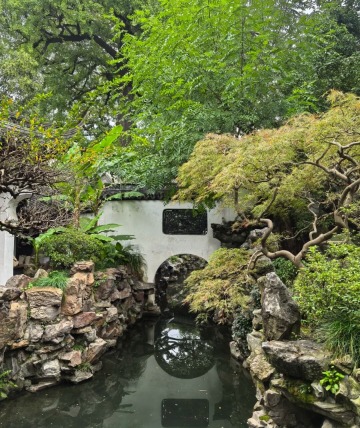
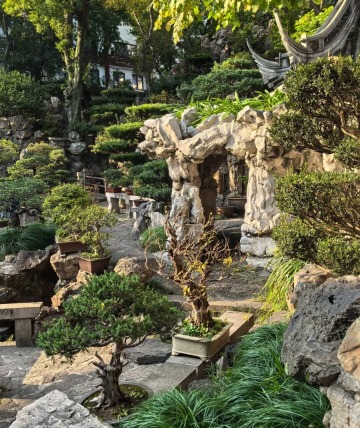
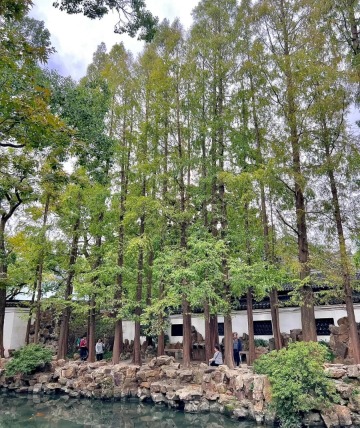
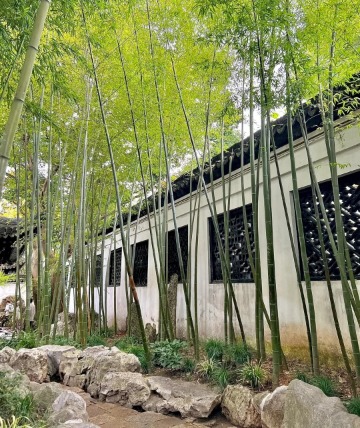
The Pond and Ancient Trees (池塘和古树)
Yu Garden is home to many ancient trees and bonsai, often arranged around ponds, creating a harmonious traditional Chinese garden scene. No matter where you look during your visit, you’ll find yourself surrounded by beautiful, picture-perfect views.
The Shopping Area of Yu Garden
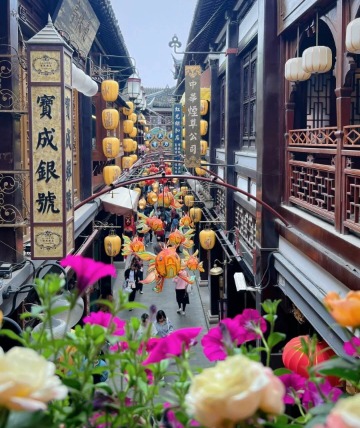
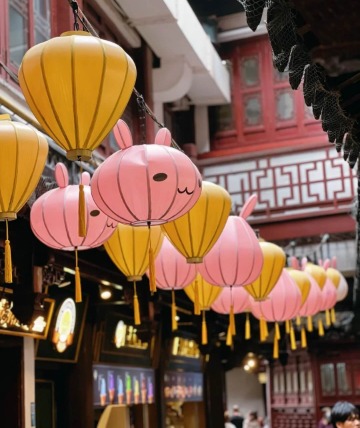
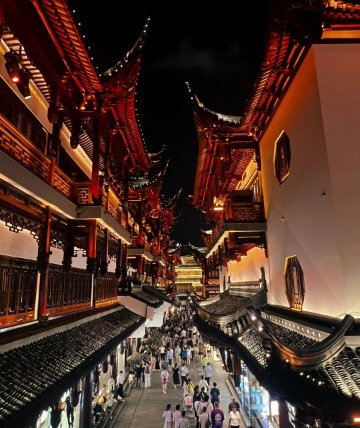
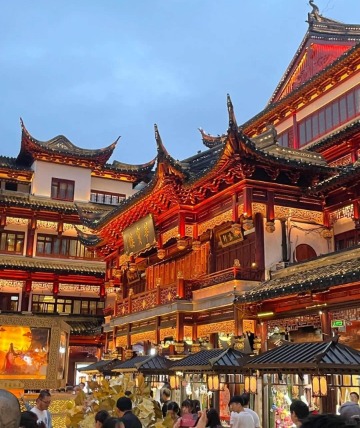
Yuyuan Old Street (豫园老街)
The Old Street of Garden Yu is located at the northern end of the Yuyuan Garden shopping area. This street has witnessed the historical changes of Shanghai and retains many traditional buildings and cultural heritage. Every evening, the lanterns light up, and walking down the street feels like stepping into ancient China.
However, some say the street has become quite commercialized and feels more like a regular shopping street, lacking a bit of the natural and peaceful vibe you’d expect.
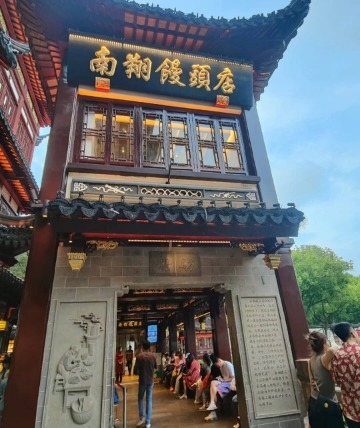
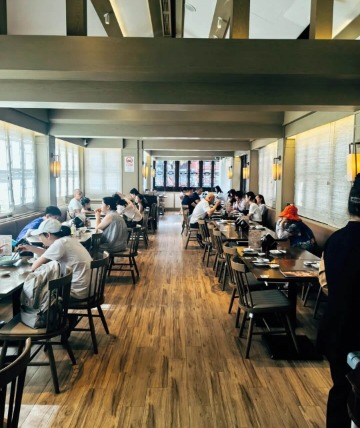
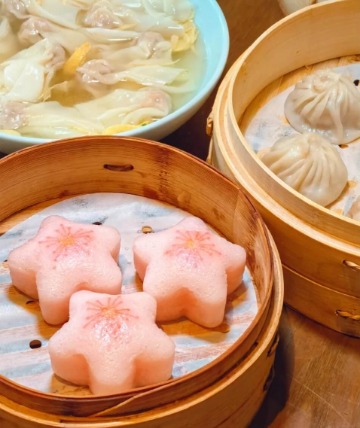
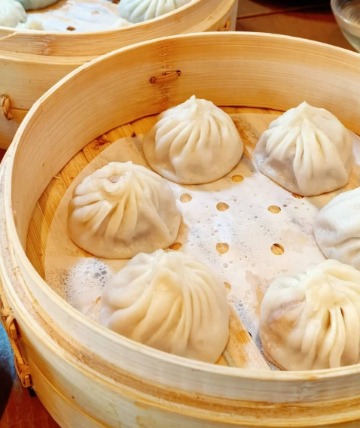
Nanxiang Steamed Bun Restaurant (南翔馒头店)
When you visit Yu Garden China, you have to stop by Nanxiang Steamed Bun Restaurant for a basket of Xiaolongbao (soup dumplings). This place is incredibly popular in Shanghai. Founded in 1900, it’s famous for its paper-thin dumpling skins, juicy filling, and beautiful, art-like appearance. Visitors generally rate it highly, which is why there’s always a long line outside the restaurant every day.
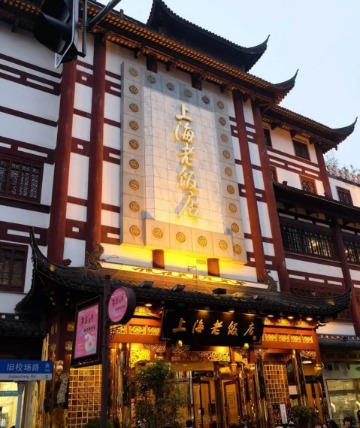
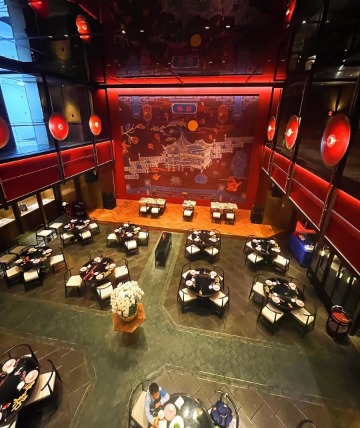
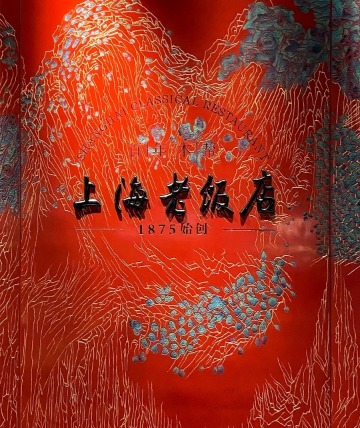
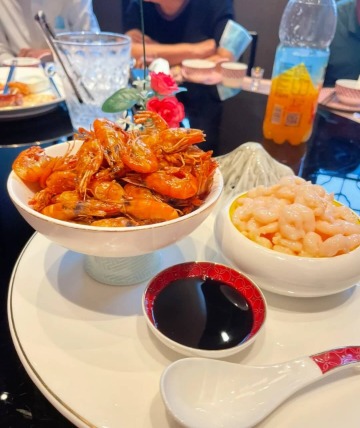
Old Shanghai Restaurant (上海老饭店)
Besides Nanxiang, Old Shanghai Restaurant is another well-known, time-honored eatery in the Garden Yu shopping area. Established in 1875, it’s famous for authentic Shanghai cuisine and holds a high status among local restaurants. Recommended dishes include Eight-Treasure Duck, Sweet and Sour Ribs, XO Sauce Asparagus with Scallops, Fresh Meat Soup Dumplings, and Stir-fried Shrimp. Not only are these dishes delicious, but they also showcase strong Shanghai flavors.
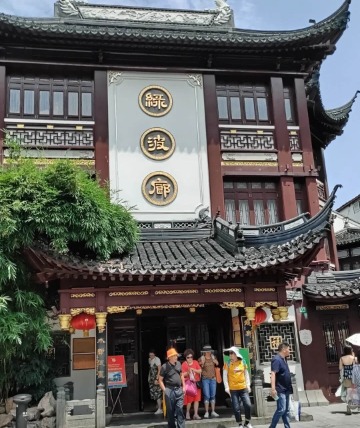
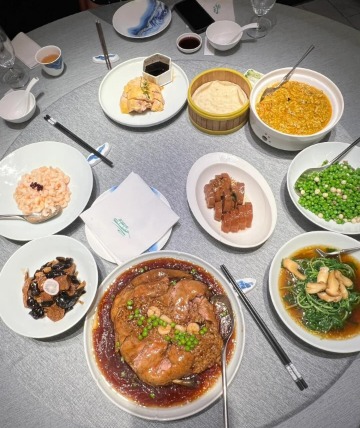
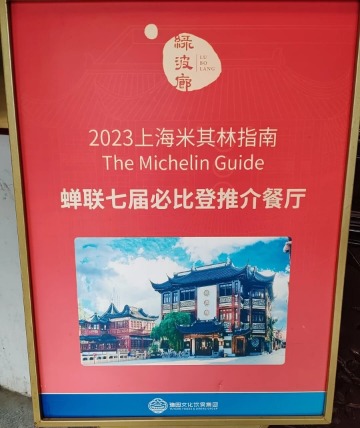
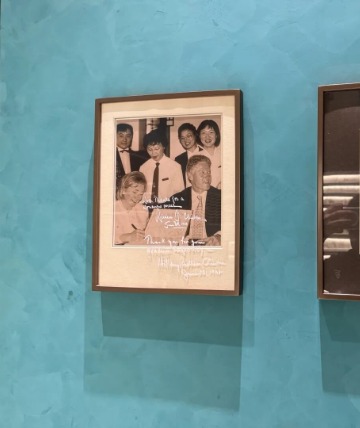
Lu Bo Lang Restaurant (绿波廊)
Originally a teahouse during the Ming Dynasty, Lu Bo Lang Restaurant was converted into a restaurant in 1924. It specializes in Shanghai and Suzhou-style dishes. If you sit by the window, you can enjoy a great view of the Nine-Bend Bridge and the surrounding lake.
Since its opening, Lu Bo Lang Restaurant has hosted numerous important figures, including U.S. President Bill Clinton, Queen Elizabeth II of the UK, and Japanese Prime Minister Takeshita Noboru, among more than 60 foreign heads of state and dignitaries.
The Temple Section of Yu Garden
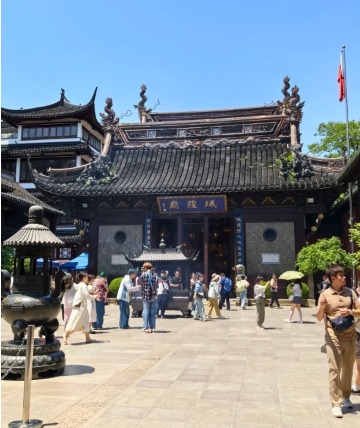
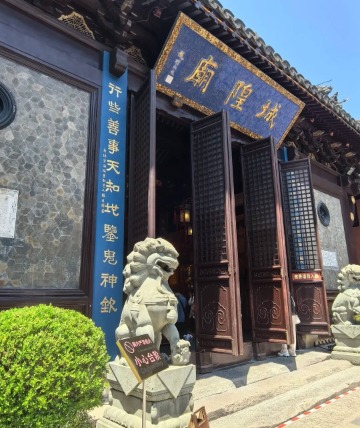
City God Temple (城隍庙)
The City God Temple in Shanghai is dedicated to the worship of the City God, a deity believed in Chinese folk religion and Taoism to protect the city. In ancient times, this place wasn’t just for religious activities—it also played a key role in local governance and moral education. The temple’s abbot was usually a Taoist priest. During Chinese New Year and the City God’s birthday, grand temple fairs are held here, drawing many worshippers who come to offer incense and pay their respects.
Yu Garden’s Lantern Display Events
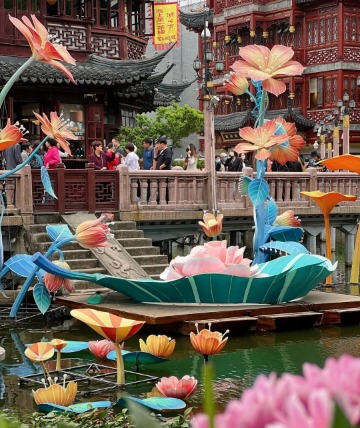
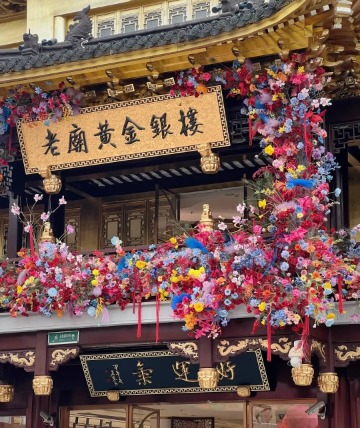
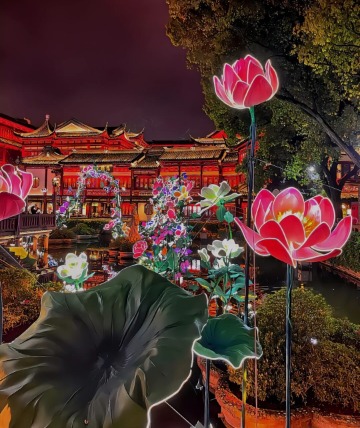
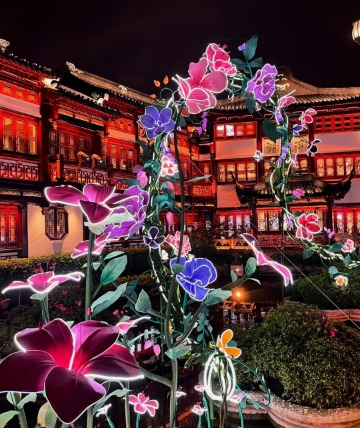
Flower Festival (Huazhao Festival) (花朝节)
Every spring, Yu Garden Shanghai hosts the Flower Festival, during which the entire shopping area is transformed into a sea of flowers.
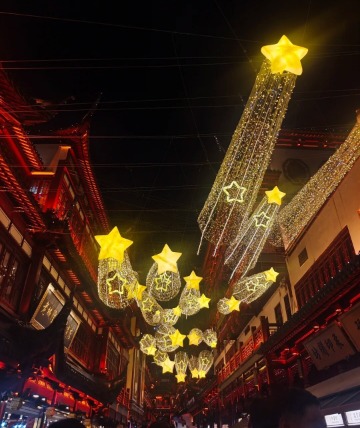

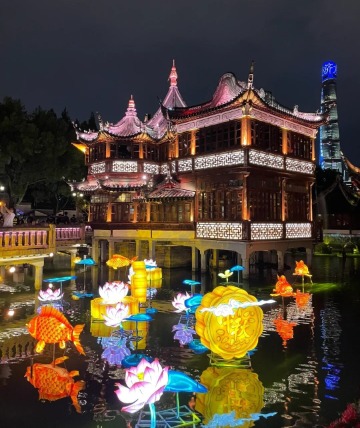
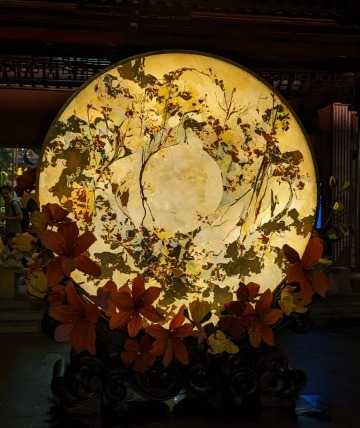
Mid-Autumn Festival (中秋节)
During the Mid-Autumn Festival each year, Yuyuan Garden is decorated with various traditional Chinese lanterns related to the holiday. The Mid-Autumn Festival falls on the 15th day of the 8th month in the lunar calendar and is one of China’s four major traditional festivals. It symbolizes family reunions.
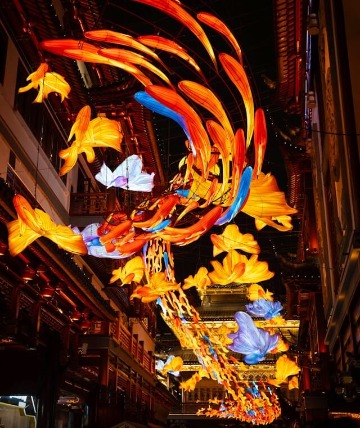
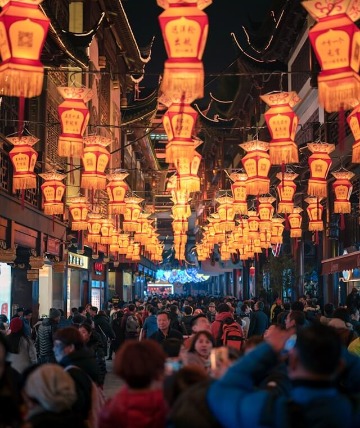
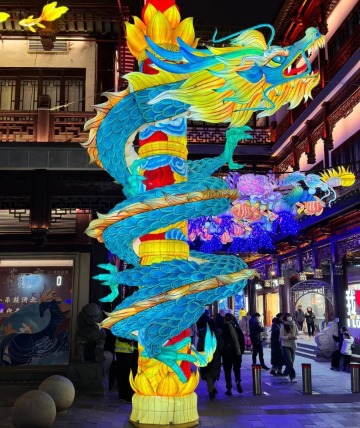
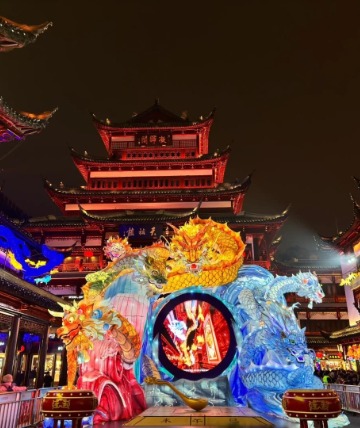
Chinese New Year (春节)
The lantern displays during Chinese New Year are the biggest of the year at Yu Garden, featuring many large dragon-shaped lanterns. The scale of the event is massive.
FAQs about Yu Garden
1. Can we visit Yu Garden at night?
The garden area of Yu Garden closes to visitors at 4 PM, but the shopping area stays open until 10 PM. So, you can only visit the shopping part of Yuyuan Garden in the evening.
2. Who built Yu Garden?
Yu Garden was built by a Ming Dynasty official named Pan Yunduan. He spent 20 years constructing this beautiful garden to provide his father with a peaceful and comfortable life in his later years.
How to Get to the Yu Garden
You can take Shanghai Metro Line 10 or Line 14 to Yu Garden Station. Exit 7 is the closest to the garden. After exiting the station, it’s about a 120-meter walk to Yu Garden.
Hours & Fees
Hours
Garden Area: Daily from 9:00 AM to 4:30 PM. Last entry at 4:00 PM.
Shopping Area: Daily from 9:00 AM to 4:30 PM. Last entry at 4:00 PM.
Temple Area: Daily from 8:30 AM to 4:30 PM.
Time Required
2-3 hours.
Fees
Garden Area: 30 CNY (approx. 4 USD) per person
Shopping Area: No ticket required
City God Temple: 10 CNY (approx. 1.5 USD) per person
Practical Tips
Yu Garden gets really crowded on holidays and weekends, so it’s best to visit on a weekday.
It’s not a great idea to go on rainy days. The stone paths get slippery, and it can mess up your photos.

